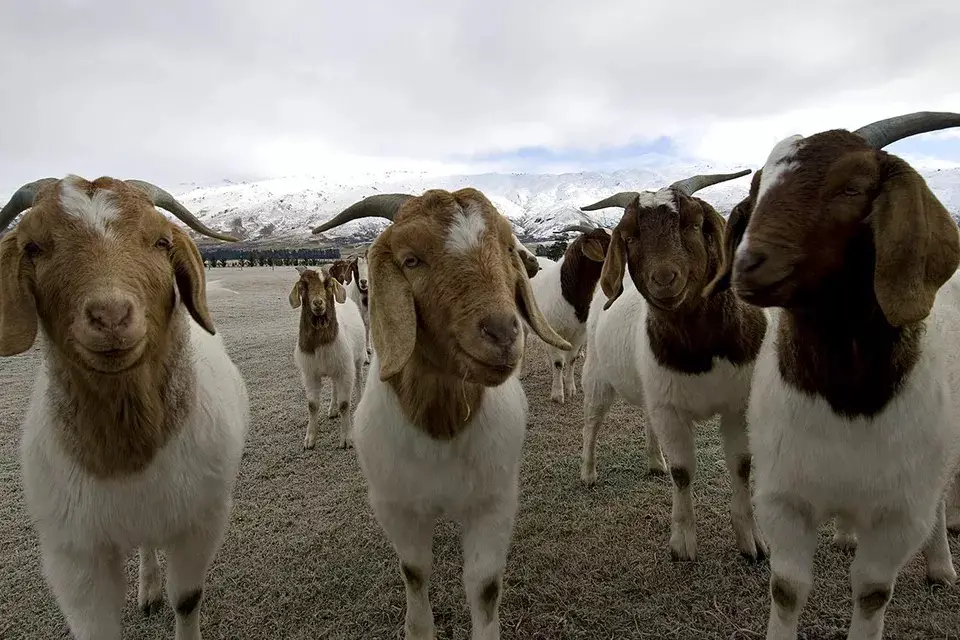
In this ultimate beginner’s guide to raising meat goats for profit, we cover every important topic related to meat goat farming:
- Demand for goat meat
- How to make money raising meat goats
- Best meat goat breeds
- Costs
- Pros & cons
And, as they say in late night infomercials…much, much more!
Let’s get into it…
Table of contents
- What is a Meat Goat?
- Who Eats Goat Meat?
- Where is Goat Meat in High Demand?
- How Healthy is Goat Meat?
- Can You Make Money with Meat Goats?
- Best Meat Goat Breeds
- What are the Characteristics to look for in a Good Meat Goat Breed?
- Raising Boer Goats for Meat
- Raising Pygmy Goats for Meat
- Raising Spanish Goats for Meat
- How to Start a Meat Goat Farm
- How to Raise Meat Goats
- What breed of goat is best for meat?
- How long does it take to raise a goat for meat?
- How much does a meat goat cost?
- Cost of raising meat goats
- What to feed meat goats
- Raising meat goats on pasture
- How much grain should I feed my meat goat
- How to Sell Goats for Meat
- How much do meat goats sell for?
- Where to sell meat goats
- Best time to sell meat goats
- How to Breed Goats for Meat
- Raising Dairy Goats for Meat
- Can Dairy Goats Be Raised for Meat?
- Best Goats for Milk and Meat
- What are the Best Practices in Raising Dairy Goats for Meat?
- Meat Goats for Sale near Me
- Where can I buy meat goats?
- What should I look for when buying meat goats?
What is a Meat Goat?

Simply put, meat goats are goats that are raised for meat production in many parts of the world.
Meat from the adult goats is referred to as ‘chevon’, while meat from young goats is ‘cabrito’.
Meat goats account for 80% of the total amount of goats produced in the United States according to the National Agricultural Statistics Service (NASS). The state of Pennsylvania alone accounts for more than 40,000 meat goats produced annually.
Who Eats Goat Meat?
Goat meat is an important source of nutrients for people particularly in developing regions situated mainly in the tropics. These tropical regions account for more than 80% of the total world goat population, which is over 1 billion head.
Goat meat is one of the most eaten meats in the world. It is leaner than poultry and other red meats, is a source of conjugated linoleic acid and is low in cholesterol and fat.
Goat is eaten all over the world. Indians, South Americans, Central Americans, Australians, Africans and New Zealanders tend to consume most goat meat. Goat is the fastest growing segment of the worldwide livestock industry. The consumption of goat meat shows no sign of slowing down as more people are trying this delicious source of protein.
Where is Goat Meat in High Demand?
Interest in meat goats has grown rapidly in the United States over the past 20 years. In the United States, meat goat production is growing because of goats’ economic value such as quality meat and hide products for many types of markets.
The highest consumption of goat meat anywhere (per capita) in the world is Sudan, where about 8.2 pounds of goat meat is consumed per person annually. It is estimated that we consume only 0.25 pounds of goat meat annually per capita in the United States, according to numbers provided by the Department of Animal Science at Cornell University – but consumption has been consistently increasing for years and is predicted to keep rising.
Goat meat is consumed largely in the Eastern seaboard of the United States. The increase in demand is linked with the growth of population in North Carolina and Eastern USA where people prefer goat meat as their main source of meat. This reflects on a national trend where the number of goats slaughtered has doubled every 10 years for the past two decades according to United States Department of Agriculture (USDA).
How Healthy is Goat Meat?
People think that eating too much of red meat is bad for your health. Well, experts say that goat meat has nutritional benefits too. It is low in total fat, saturated fat, cholesterol and is low in calories compared to other traditional meat.
It contains high potassium content with lower sodium levels. Goat meat also has higher levels of Iron compared to similar chunks of poultry, pork and beef.
Goat meat also offers health benefits which include;
- Consumption may lower the risk of being suspected to have inflammation in the blood vessels and it stabilizes the heartbeat. It is advisable to occasionally eat goat meat but stay away from the fat.
- For pregnant women and those who are menstruating, goat meat helps in preventing anemia, help in blood circulation and give intake to hemoglobin in the body.
- Goat meat is packed with proteins, an important nutrient that the body needs on a daily basis.
- The meat has Vitamin B12 which helps one get healthy skin
- Goat meat contains Conjugated Linoleic Acid (CLA) which is a fatty acid that helps prevent cancer and avoiding inflammation.
- It poses to have low levels of saturated fats thus posing no harm to your heart health. In fact, the low levels of saturated fats ease inflammation and improve blood cholesterol levels.
- Vitamin B in goat meat helps in burning fat in your body. So a small chunk of goat meat is good for those in a diet.
Can You Make Money with Meat Goats?
You can make a fortune turning meat goats for profit. Entrepreneurs in the United States are struggling to provide consumers with a steady supply of this meat. It’s a wide-open market and many more producers are needed to satisfy the demand. Ethnic groups in the USA love goat meat as are a number of health-conscious buyers who favor the health and nutritional benefits of goat. Since American producers struggle to meet the demands, then staggering amounts of chevon is imported annually.
Of the 18,200 metric tons of chevon exported from Australia in 2006 and 2007, 49% came to the United States and 7% went to Canada.
A case in point: Cabrito, the flesh of a young kid of about 11-12 pounds is a favorite delicacy amongst Hispanic community. Hispanics will make up to 17% of our population by 2025; yet the demand of cabrito exceeds supply. 80% of goat meat in Florida is imported where according to census figures show 16.5% of Florida’s population is Hispanic.
Muslims also prefer chevon in their religious feasts and if available, it’s enjoyed as an everyday snack. Jewish community also prefers cabrito for Hanukkah and Passover. Americans of Caribbean decent love meat from mature goats used in their curries. The market is out there for people to consider meat goat production.
Best Meat Goat Breeds
All goat breeds can be raised for meat production anywhere in the world. However the meat goat’s carcasses are muscular and leaner than dairy goat’s carcasses. There are more than 50 officially recognized goat breeds in the world.
In the United States, with exception of the New Zealand, Kiko and the South African Boer, there are no real-defined meat breeds. Producers therefore have utilized breeds such as Myotonic, Spanish, Savanna (h), and Anglo-Nubian goats for meat production in the United States.
What are the Characteristics to look for in a Good Meat Goat Breed?
It is important to consider:
- Rapid growth- the Boer is a fast growing meat breed and has a high fertility rate.
- Good conformation that is (sound legs, feet, mouth and teeth).
- Multiple births, twice a year kidding and the color standards of certain meat goat breeds. Multiple births should be highly considered when selecting the goat meat breed since income and profits are derived from the sale of kids.
- Adaptability to their environment- goats need to be low maintenance and can thrive just about anywhere. Goats that are fragile will demand certain temperature levels.
- Reproductive rate- fundamental principles in selecting meat goats are growth and reproductive rate. Animals that grow quickly, the reproduction rate goes up and up. Aside from that you have a higher yield of fresh produce in the market.
- Overall carcass value- the price of goat meat depends on the carcass value in the market. The more common the source is, the more competitive the prices will be. Goats that are not commercially produced would demand a higher price tag. The market for these is small. Having few buyers means fewer profits too.
Raising Boer Goats for Meat
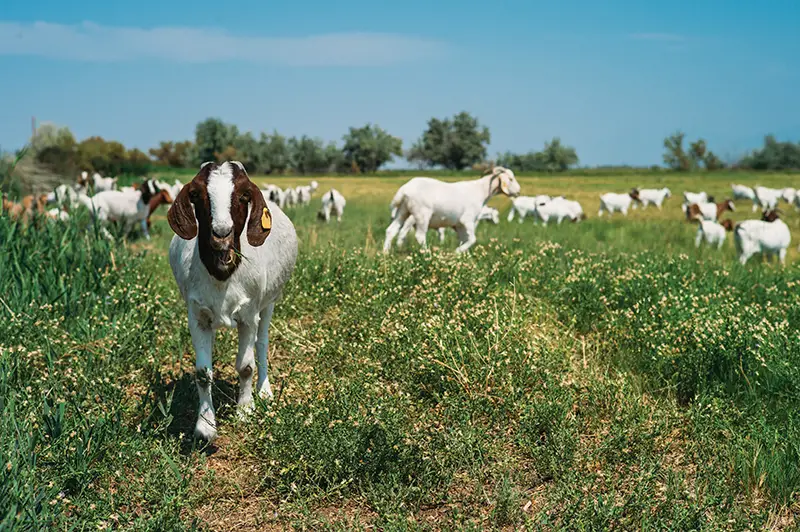
The present day Boer breed was developed in the early 1900s and can be traced to Dutch farmers in South African. Boer means farmer in Dutch. In the 1970s the goats were imported to New Zealand and Australia. Later in the 1990s, the Boer goat was imported to the United States from Australia.
It has a rapid growth rate, can highly adapt to different environments and possesses excellent carcass qualities.
The Boer head displays a roman nose, long hanging ears and slightly curled horns. A purebred Boer goat characterizes a reddish brown head with a white body. They can also be all-white or all-brown or display spots of the other color.
A mature buck weighs between 240-300 pounds while a mature doe weighs between 200 and 220 pounds. Due to their high growth rates, Boers are often crossbred with other breeds to make meaty offspring.
The does are highly fertile, often produce twins and are excellent mothers. They can be bred throughout the year hence increasing the population of your herd.
For many producers, the purpose of these goats is to produce plenty of meat.
Raising Pygmy Goats for Meat
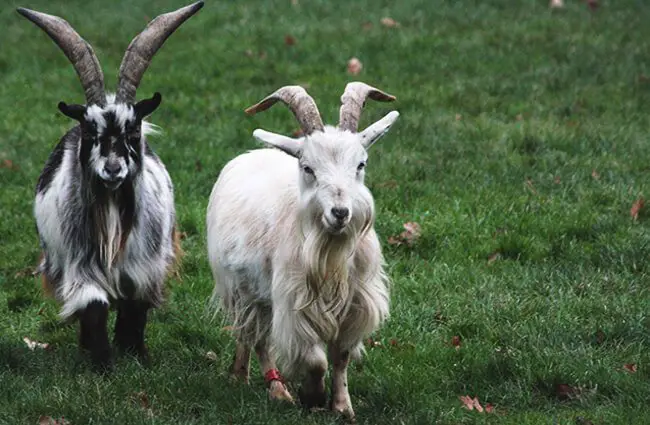
The Pygmy goat is an African goat. They were originally called the Cameroon Dwarf goat.
In Africa they are raised for meat production, whereas in western countries they’re typically raised as pets.
In the United States the Pygmies came from the French Cameroon area.
Their color ranges from light caramel, medium caramel, dark caramel and dark red caramel.
An adult Pygmy goat weighs up to 80 pounds and stands at 17 to 24 inches tall at the shoulder.
A Pygmy doe reaches maturity very fast. It can get pregnant as young as 3 months. They can give birth to triplets and even quadruplets.
Pygmy goats have a lifespan of 10-12 years and except size, they are like any other goat breeds. They can withstand harsh climatic conditions.
Feeding
These goats are good grazers. So it is advised you have a pasture for them full with grass and other plants before purchasing them. Feed them quality timothy hay or grass during winter or if you don’t have pasture facilities. Provide them with iodized salt blocks to lick and always have fresh and adequate water available for them. You can also provide them with commercial goat feed which will help them meet their energy needs
Housing
A shed provides basic housing needs. A big sized dog house, garage space will be sufficient to provide housing facilities for these goats. If you live in colder areas you may consider making a small barn or shed to protect them from the cold.
Fencing
Fencing is crucial when raising Pygmies. Good fencing helps keep the goats safe from predators and also prevents them from disturbing neighbors. You can make good fencing from woven wire about 4-5 feet tall.
- Rapid growth- the Boer is a fast growing meat breed and has a high fertility rate.
- Good conformation that is (sound legs, feet, mouth and teeth).
- Multiple births, twice a year kidding and the color standards of certain meat goat breeds. Multiple births should be highly considered when selecting the goat meat breed since income and profits are derived from the sale of kids.
- Adaptability to their environment- goats need to be low maintenance and can thrive just about anywhere. Goats that are fragile will demand certain temperature levels.
- Reproductive rate- fundamental principles in selecting meat goats are growth and reproductive rate. Animals that grow quickly, the reproduction rate goes up and up. Aside from that you have a higher yield of fresh produce in the market.
- Overall carcass value- the price of goat meat depends on the carcass value in the market. The more common the source is, the more competitive the prices will be. Goats that are not commercially produced would demand a higher price tag. The market for these is small. Having few buyers means fewer profits too.
Raising Spanish Goats for Meat
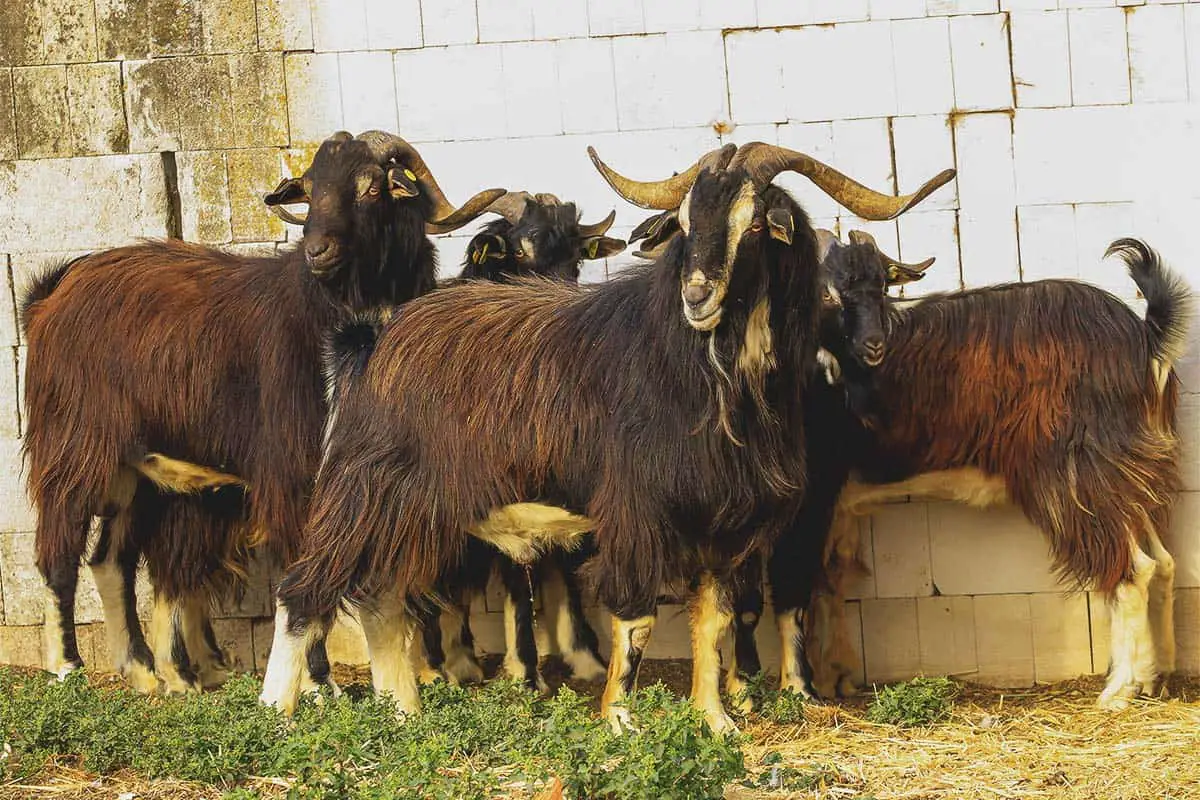
When the Spanish explorers came into North America in the early 1540s, they brought with them the Spanish or brush goat breed. They were brought as an alternative source of meat. The size of the Spanish goat varies with the climatic condition.
Mature bucks can weigh up to 210 pounds while does can weigh up to 140 pounds. These goats come in all colors whereas body shape and hair are not consistent among goats of the breed.
Most of these goats are wild or at least semi-wild.
Spanish goats are very hardy and require minimum labor and management. They are polyestrous (can breed throughout the year). This allows for yearling meat production.
Over the decades, Spanish goats have been replaced by the Boer breed as the favorite meat in the United States but they have found a new purpose of controlling bush plants and bushes.
How to Start a Meat Goat Farm

To start and maintain a successful and profitable meat goat farm, you have to come up with a proper and effective meat goat farming business plan and follow it. Here we will describe the necessary steps to start a meat goat farm:
- You have to select a good farm area. If you do not have any land you can consider leasing some piece of land. Select a piece of land that has the following facilities for the success of your farm.
- Fresh and clean water supply.
- Easily available food source.
- Availability of full time labor.
- Access to all type of equipment and machinery.
- Fertile land for crop and green plant production. You would want to feed your herd healthy food while minimizing the feeding costs.
- Transport for veterinary service.
- Available market to sell your produce.
- Select the right goat breed. There are different goat breeds in the United States. You would want to choose the breed that can withstand harsh climatic conditions, a goat which has rapid growth and reproductive rate. Choosing the right breed for your meat goat farm will ensure high returns. Choose your breed according to your geographical area and desired production needs.
- Shelter and Housing for your goats. Housing is an important factor to consider for commercial production. A good quality house is recommended for better production. It protects your goats from predators and also prevents various types of goat diseases. Make proper ventilation and always keep the house clean. Ensure availability of light and fresh air in the house. Housing ranges with the breed and production type. Small-scale farmers keep their goats with other livestock animals.
- Feeding. Meat goats prefer to eat plants, shrubs, grasses, weeds and herbs. Goats also need energy, vitamins, fiber and clean water for proper growth.
- Management and care. Never feed your goats contaminated food. Take good care of your goats for good yields. For commercial production, keep the kids, bucks and does separate from each other. Take extra care to the breeding bucks, does and the kids. Avoid using the same buck for mating with several does the same day. Vaccinate your goats timely to keep them from contracting health problems and all types of diseases.
- Marketing. This is the most important step in meat goat farming. A good market isavailable in almost any state. You can also easily sell your produce in the nearest market. You can also target the international market by exporting to countries like China and Canada where goat meat consumption is rising in recent years.
Essential tips for meat goat farming;
- Always keep your goats healthy and strong.
- Choose the right and high productive goat breeds.
- Provide sufficient food and water.
- Learn more about goat farming from your nearest livestock training center.
- Be careful on what you are feeding your animals. Contaminated food may reduce yield.
- Keep your goats from cold and rain to avoid mass death.
- Give salt and minerals during the summer season.
Meat goat farming is a profitable, risk-free and easy business because of its fast growing rate. Proper care and management can ensure better production and high profits.
How to Raise Meat Goats
Meat goats are a great animal to add to your farm. They can produce high quantity of low-fat meat. Goat droppings can make manure for your farms too. Goats require adequate land for grazing.
Before getting yourself the goats, choose the best breed depending on the reproductive and growth rate if they are for commercial use. Many farmers recommend starting with a small herd so that you ultimately learn how to raise goats without much pressure.
There’s such demand in the United States that goat meat must be imported. One can keep the does for milk and raise the bucks for meat. The Boer is the main meat breed in the United States; primarily used for meat, so you would consider breeding your milking goats with the Boers or other meet breeds to produce kids for meat while still keeping does for milk.
You will also need to consider housing and fencing for your goats to keep them safe from predators.
What breed of goat is best for meat?
One of the top breeds for meat production is the Boer. Boer goats are the most raised meat goats in the United States. They are mainly kept for commercial purposes because of their high growth rate and fertility. The Boer is highly resistant to disease and does well in the tropical areas. They can reach a size of 200-230 pounds for does and 200-340 pounds for bucks reaching slaughter maturity in about 100 days. 80% of farmers in Kentucky prefer raising Boers for meat than any other breeds.
Other goats kept in the United States are the Spanish meat goat. These goats require less maintenance. Unlike dairy goats, Spanish goats can be bred all year round for continuous meat supply.
How long does it take to raise a goat for meat?
Meat goat kids (under one year of age) are often slaughtered when 3-5 months of age and weighing from 25 to 50 pounds. Kids don’t offer much fat until they are about a year old.
Many meat goat breeds are slaughtered when older than a year because they are heavier when marketed, but most except aged cull goats, are slaughtered when less than a year of age.
Meat from older goats is darker and less tender but more juicy and flavorful than. Goats take about 3 years to become a full grown adult but can be slaughtered for profits from the age of 3 months.
How much does a meat goat cost?
The current market price is USD1.30/lb (USD91.00) for a 70 pound meat goat. A 5% increase would reflect a price increase of USD 0.065 or approximately USD 1.37/lb (USD95.90) for a 70 pound meat goat.
Cost of raising meat goats
The initial cost for raising meat goats ranges from a few dollars to hundreds of dollars. Cost depends on the gender and breed. Bigger breeds like Boer tend to require a lot of feed than the Spanish goats. Below we will look at what are the expenses you will incur while raising your meat goats;
- Feed: Grain prices range at about 12 dollars per 50lb bag. Hay depends on quality, cut and the location; high quality alfalfa mixes 5-10 dollars per bale.
- Minerals: You can feed your goats with New Country Organics minerals whichttps://www.boergoatprofitsguide.com/tattooing-goats-ears/h cost at about 40 dollars per bag. Annually you can feed a herd of 20 animals 5 bags of minerals
- Veterinary care: Cost for this is negotiable. It is estimated that you will use 1 dollar per animal in parasite treatment. Vet fee is negotiable.
- Supplies and equipment: You will need to have clippers, tattoo outfits, hoof clippers etc. You should budget about 100 dollars for supplies and equipment annually.
- Fencing: It is likely to cost 450 dollars per year to replace and repair your perimeter fence. That amount allows for putting up additional pens and replacing posts where needed.
- Labor: A figure of about 3000 dollars per year is probably good enough to go with.
What to feed meat goats
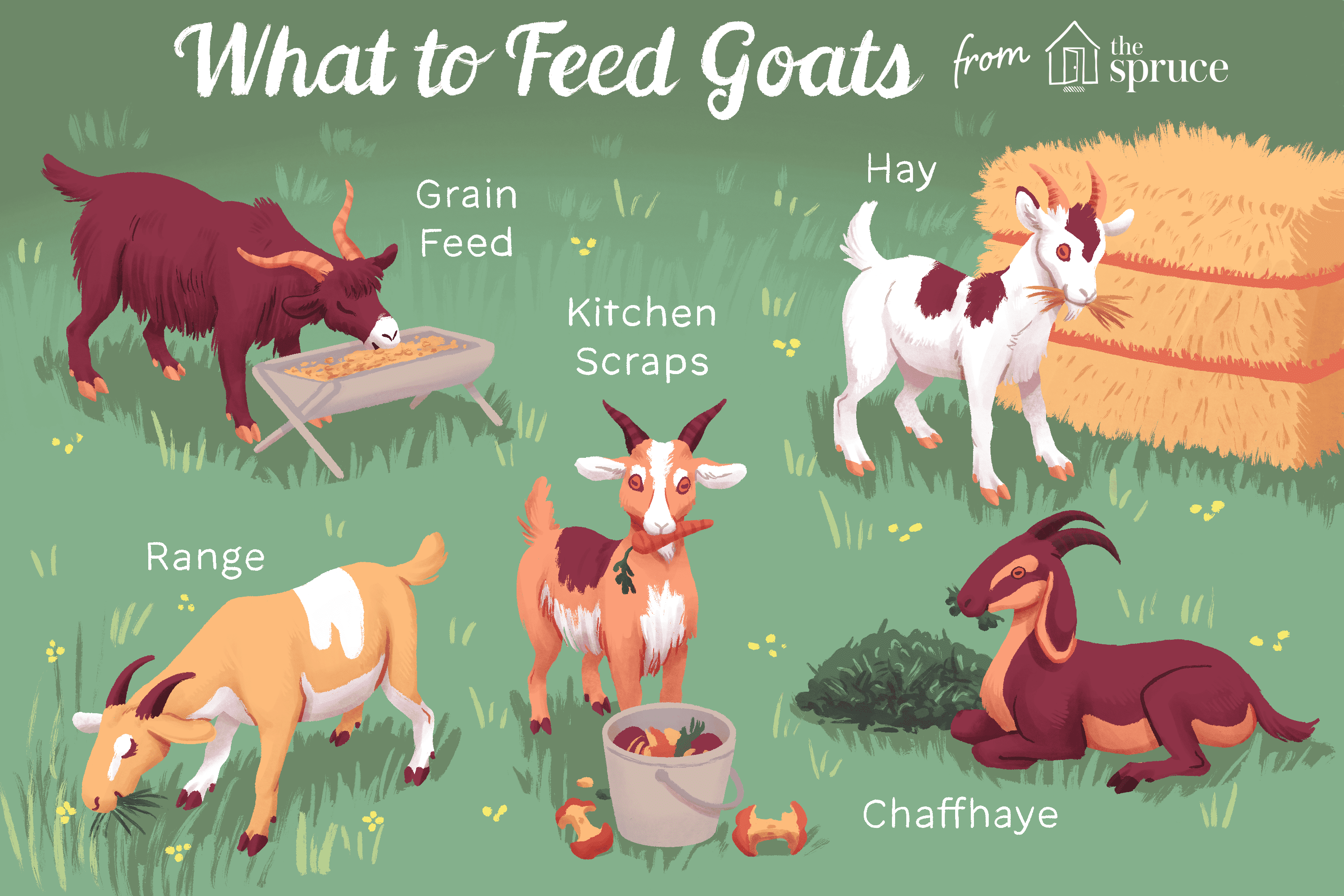
It is very necessary to learn what to feed your herd. You can feed your goats in the two systems described below;
- Natural food. Natural foods are the best for all animals. Benefits of feeding the goats natural food is that this system is cost effective while keeping goats healthy and active. That is they consume necessary nutrients and elements from the natural sources.Goats can digest almost all types of natural foods including grasses, plants, straw, vegetables, leaves, weeds etc. Plant some quality plants and grasses for your herd. This method of feeding is suitable for farmers who have great pastures and grazing place for their animals.
- Formulated/supplementary food. If you are interested in feeding your meat goat’s supplementary food, make sure it is readily available in your market source. It is even advised to serve nutritious, balanced, healthy homemade formulated feeds. Never use low cost ingredients because it risks ruining your business thus resulting to low yields and low profits.
Raising meat goats on pasture
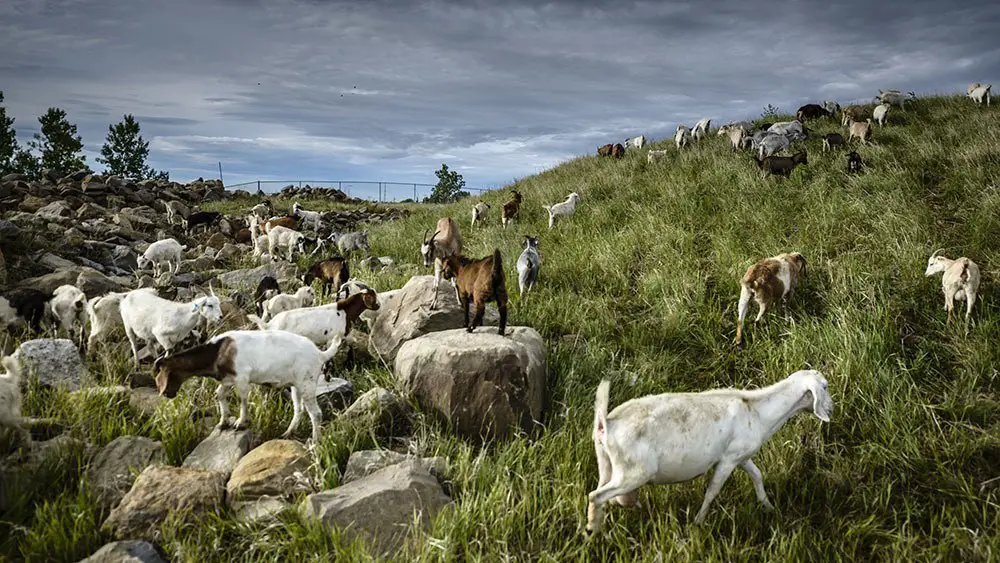
Raising meat goats on pasture, keeping them healthy requires some few essential elements. Goats are one of the best grazers out there with their ability to pick grass and leaves from amongst thorns. Goats prefer nutritious plants, leaves and bark of bushes and trees and also weeds. So if you want to raise meat goats on pasture, you should consider planting nutritious plants, vegetables and leaves according to Kathy Voth , Founder and editor of the online grazing magazine ‘On Pastures’. Goats love the plant Canada thistle. It is very resilient, propagating from roots and seeds. It is high in protein which animals find hard to get. Goats can graze the Canada thistle down but it will grow again.
Grasses and weeds make should 90% of meat goat’s diet. You’re goats will be in heaven if you have a portion of land full of briars, wild honeysuckle and poison ivy.
According to “Pastures for Meat Goats” study by Langston University in Langston, Oklahoma, Goats have been observed to:
- Eat a wider range of plants than any other livestock.
- Travel longer distance in search of preferred forage.
- Select young grass over clovers.
- Prefer foraging on a steep, rough land over a smooth flat land.
In winter, feeding goats hay is recommended. Timothy or alfalfa mixes is a good choice. You can supplement your meat goats with tree pruning, kitchen scraps and produce leftovers.
Also make sure there is fresh water 24/7 for your goats.
You have to set up a fence. This helps in preventing predators and keeping your goats from leaving their pastures.
How much grain should I feed my meat goat
You should feed your adult goats at least a cup of grains each per day. Kids may get around half a cup per day. Never feed your goats more than two cups each of grain in a day.
How to Sell Goats for Meat
Selling goats has never been a problem. You can:
- Sell your goats in your local market through middlemen or agents.
- Sell goats to your butcher or slaughter house in your local area.
- Advertise in your local daily that you are selling goats.
- Sell your goats during festivities like Christmas, Independence Day etc.
- Open your own meet shop and employ a butcher on monthly payment.
How much do meat goats sell for?
The current market price 91 dollars for a 70 pound meat goat. That is equivalent to 1.30dollars per pound. The price of a meat goat will depend on the weight of the goat. Bigger breeds cost more than smaller breeds.
Where to sell meat goats
- You can sell your meat goats to the slaughter house.
- You can also sell your goats to local butcheries.
- If you are a commercial producer, then you can target the international market and export your produce.
- You can also set up your butchery and employ a butcher who’ll sell the produce.
- You can also sell Meat goats to other breeders in your area.
Best time to sell meat goats
Consider the major Christian, Jewish and muslim holidays when auctioning your meat goats. Eid ul-Adha or “Festival of Sacrifice”, a Muslim holiday is the best time to sell your goats. Easter is also a great time to sell your livestock. There’s huge demand from the Eastern Orthodox. Minor holidays like 4th of July and Mother’s day is also a good time to sell since the demand is high.
Put your goats in the market one week before the holidays.
How to Breed Goats for Meat
Breeding of goats helps in improving the productivity of your herd. Meat goats grow fast and are fantastic brush-eaters. Some breeds are nearly self-sufficient because of evolving in feral conditions.
Below are some steps you should follow when preparing your goats for breeding:
- Provide additional feeds to does one month prior to the breeding season.
- Check the doe’s body condition score.
- Vaccinate the females with C&D tetanus toxoid two weeks before breeding.
- After breeding, mark your females so as to keep track of the animals that were bred.
You would consider breeding your goats with other large breed meat goats for maximum productivity and for quality high breed kids.
Raising Dairy Goats for Meat

Dairy goat’s production for meat is an alternative enterprise for many farmers. The potential in this market is that you will sell milk for some years then eventually sell the goats for meat. The six major dairy goat breeds in the USA are the Nubian, Saanen, Alpine, LaMancha and Toggenburg. Farmers across the United States breed meat goats like Boer and Spanish goats to Saanen and Nubian dairy goats. This results to kids who can be sold for meat due to their physical structure, while keeping the does for breeding. Farmers tend to use keep dairy goats for meat because they can get profits from the sale of milk and meat.
Can Dairy Goats Be Raised for Meat?
Dairy goats can be raised for both milk and meat production. Each breed has different meat and milk production rate. Although dairy goats don’t gain a lot of weight, other breeds For example, Saanen is the biggest dairy breed. Males can grow to be over 210 pounds. They can produce 1 gallon of milk every day and can be used for meat production.
Best Goats for Milk and Meat

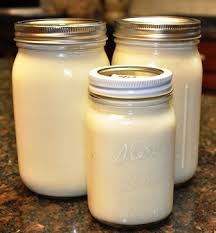
As an alternative to raising meat goats, you can raise meat and milk goats. You will gain in both areas. When selling the goat, you will lose the milk production but gain in the sale of meat. If you want to maximize in both meat and milk, then you should buy a high quality meat buck and cross it with your dairy does like the Alpine goat.
In recent years, farmers in the United States have resulted to crossing Pygmy bucks and Nubian does resulting to a medium-sized hardy meat milk goat called Kinder that can produce one and a half gallon of milk per day. It also has a high productivity rate thus increasing the numbers of your herd in a short period of time.
What are the Best Practices in Raising Dairy Goats for Meat?
The most necessary tips a farmer willing to reap big from dairy goats for meat are:
- Have the best breed through breeding for good production of meat and milk.
- Proper and healthy feeding of your herd and also clean water.
- A farmer should also ensure providing the dairy goats with a balanced diet and salt licks for maximum production.
- You must control pests and diseases since they can slow production and lower yields.
- The herd should have clean shelter that is not wet to keep off disease causing pests.
- The goats should be kept in a fenced or safe shelter to keep predators away and protect them from harsh climatic conditions.
Meat Goats for Sale near Me
You can get meat goats for sale anywhere in the United States. Below I will share some of the ranches and websites you can get Meat Goats for sale:
Ranches
- Konda Ranch, TX.
- Sweet Sourland, NJ.
- Marble Creek Acres, ME.
- B and W Kiko Ranch, LA.
- Brown Branch Acres(BBA), DE.
- Michigan Majestic Kikos, MI.
Where can I buy meat goats?
You can find meat goats from any ranches in your location. Sellers can also be found online since producers have digitized their farming methods. You can find meat goats in almost every part of the United States. So you would want to visit your nearest ranch.
What should I look for when buying meat goats?
Before buying a goat, you should have decided what breed you want and a breed that fits your goals; be it production of meat, milk or both.
You should also consider the following tips:
- Be sure to choose a reputable breeder. It is best if you ask the breeders reputation from several people before purchasing the goats from him. A good breeder has records for every animal and will also show the performance of the herd.
- Avoid barn sales. Producers dispose of their weak goats there.
- Visit various farms and compare the animals from different farms before making a conclusion.
- Ask questions. If you’re looking for a female, ask if she has ever been bred before, how many litters she had. Also ask the age of the animal, and why the goat is for sale.




